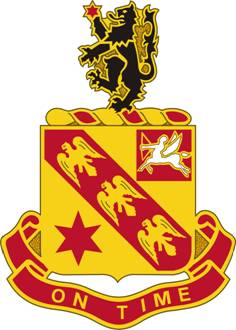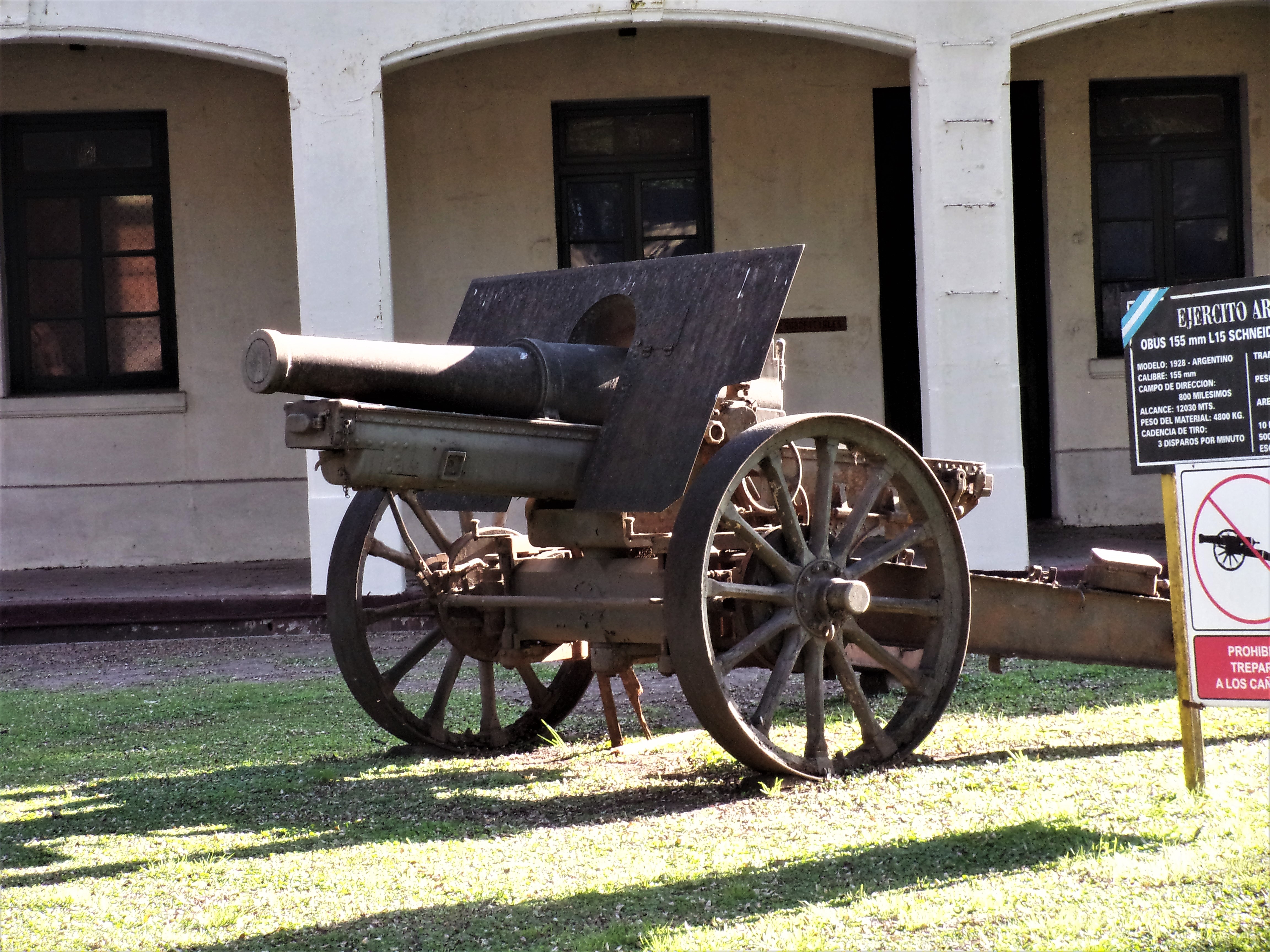|
Beaufort-en-Argonne
Beaufort-en-Argonne (, literally ''Beaufort in Argonne'') is a commune in the Meuse department in the Grand Est region in northeastern France. Population History Beaufort was the site of the final shot of World War I: a 95-pound shell fired at 10:59:59 AM on 11 November 1918 from a 155mm howitzer nicknamed ''Calamity Jane'', belonging to Battery E of the U.S. 11th Field Artillery, which was entrenched east of the town. The target is uncertain, but was probably the railway between Metz and Sedan. Government The communities representative for the National Assembly of France is Jean-Louis Dumont. See also * Communes of the Meuse department The following is a list of the 499 communes of the Meuse department of France. The communes cooperate in the following intercommunalities (as of 2020): [...More Info...] [...Related Items...] OR: [Wikipedia] [Google] [Baidu] |
11th Field Artillery Regiment
The 11th Field Artillery Regiment is a Field Artillery Branch regiment of the United States Army first formed in 1916. A parent regiment in the U.S. Army Regimental System, one battalion of the regiment is currently active, the 2nd Battalion, 11th Field Artillery Regiment assigned to the 2nd Brigade, 25th Infantry Division. History The 11th Field Artillery Regiment was constituted on 3 June 1916 in the Regular Army at Camp Douglas.Hymel, Kevin. "The Last Ones to Fire: The 11th Field Artillery in World War I." ''THE ARMY HISTORICAL FOUNDATION''. https://armyhistory.org/the-last-ones-to-fire-the-11th-field-artillery-in-world-war-i/. Two months after the U.S. declaration of war following the sinking of RMS ''Lusitania'', 10 officers and 200 enlisted men of the 6th Field Artillery were transferred to the newly formed 11th Field Artillery at Camp Jones near Douglas, Arizona. These numbers were supplemented by draftees from New York, Ohio, Missouri, and California. At full warti ... [...More Info...] [...Related Items...] OR: [Wikipedia] [Google] [Baidu] |
Communes Of The Meuse Department
The following is a list of the 499 communes of the Meuse department of France. The communes cooperate in the following intercommunalities (as of 2020):BANATIC Périmètre des EPCI à fiscalité propre. Accessed 3 July 2020. * * * [...More Info...] [...Related Items...] OR: [Wikipedia] [Google] [Baidu] |
Communes Of France
The () is a level of administrative division in the French Republic. French are analogous to civil townships and incorporated municipalities in the United States and Canada, ' in Germany, ' in Italy, or ' in Spain. The United Kingdom's equivalent are civil parishes, although some areas, particularly urban areas, are unparished. are based on historical geographic communities or villages and are vested with significant powers to manage the populations and land of the geographic area covered. The are the fourth-level administrative divisions of France. vary widely in size and area, from large sprawling cities with millions of inhabitants like Paris, to small hamlets with only a handful of inhabitants. typically are based on pre-existing villages and facilitate local governance. All have names, but not all named geographic areas or groups of people residing together are ( or ), the difference residing in the lack of administrative powers. Except for the municipal arrondi ... [...More Info...] [...Related Items...] OR: [Wikipedia] [Google] [Baidu] |
Forest Of Argonne
The Forest of Argonne () is a long strip of mountainous and wild woodland in northeastern France, approximately east of Paris. The forest measures roughly long and wide filled with many small hills and deep valleys formed by water run-off from the Aire and Aisne rivers rarely exceeding more than in elevation. Following the First World War, the landscape of the forest was forever changed as trench warfare lead to parts of the forest being riddled with deep man-made trenches along with craters from explosives. The forest is bordered by the Meuse River on the west and rolling farmland and creeks to the east. The forest is largely oak, chestnut, and pine trees, and ferns cover much of the forest floor. Common animal life consists of wild boar, red deer, roe deer, hares, rabbits, foxes, and wildcat. History In 1792, Charles François Dumouriez outmaneuvered the invading forces of the Charles William Ferdinand, Duke of Brunswick, Duke of Brunswick in the forest before the Battle ... [...More Info...] [...Related Items...] OR: [Wikipedia] [Google] [Baidu] |
Meuse (department)
Meuse () is a department in northeast France, named after the River Meuse. Meuse is part of the current region of Grand Est and is landlocked and borders by the French departments of Ardennes, Marne, Haute-Marne, Vosges, Meurthe-et-Moselle, and Belgium to the north. Parts of Meuse belong to Parc naturel régional de Lorraine. It had a population of 184,083 in 2019.Populations légales 2019: 55 Meuse INSEE Front lines in during ran varying courses through the department and it hosted an important battle/offensive in 1916 in and aro ... [...More Info...] [...Related Items...] OR: [Wikipedia] [Google] [Baidu] |
Departments Of France
In the administrative divisions of France, the department (french: département, ) is one of the three levels of government under the national level ("territorial collectivities"), between the administrative regions and the communes. Ninety-six departments are in metropolitan France, and five are overseas departments, which are also classified as overseas regions. Departments are further subdivided into 332 arrondissements, and these are divided into cantons. The last two levels of government have no autonomy; they are the basis of local organisation of police, fire departments and, sometimes, administration of elections. Each department is administered by an elected body called a departmental council ( ing. lur.. From 1800 to April 2015, these were called general councils ( ing. lur.. Each council has a president. Their main areas of responsibility include the management of a number of social and welfare allowances, of junior high school () buildings and technical staff, ... [...More Info...] [...Related Items...] OR: [Wikipedia] [Google] [Baidu] |
Grand Est
Grand Est (; gsw-FR, Grossa Oschta; Moselle Franconian/ lb, Grouss Osten; Rhine Franconian: ''Groß Oschte''; german: Großer Osten ; en, "Great East") is an administrative region in Northeastern France. It superseded three former administrative regions, Alsace, Champagne-Ardenne and Lorraine, on 1 January 2016 under the provisional name of Alsace-Champagne-Ardenne-Lorraine (; ACAL or, less commonly, ALCA), as a result of territorial reform which had been passed by the French Parliament in 2014. The region sits astride three water basins (Seine, Meuse and Rhine), spanning an area of , the fifth largest in France; it includes two mountain ranges (Vosges and Ardennes). It shares borders with Belgium, Luxembourg, Germany and Switzerland. As of 2017, it had a population of 5,549,586 inhabitants. The prefecture and largest city, by far, is Strasbourg. The East of France has a rich and diverse culture, being situated at a crossroads between the Latin and Germanic worlds. This hi ... [...More Info...] [...Related Items...] OR: [Wikipedia] [Google] [Baidu] |
Regions Of France
France is divided into eighteen administrative regions (french: régions, singular ), of which thirteen are located in metropolitan France (in Europe), while the other five are overseas regions (not to be confused with the overseas collectivities, which have a semi-autonomous status). All of the thirteen metropolitan administrative regions (including Corsica ) are further subdivided into two to thirteen administrative departments, with the prefect of each region's administrative centre's department also acting as the regional prefect. The overseas regions administratively consist of only one department each and hence also have the status of overseas departments. Most administrative regions also have the status of regional territorial collectivities, which comes with a local government, with departmental and communal collectivities below the region level. The exceptions are Corsica, French Guiana, Mayotte and Martinique, where region and department functions are managed ... [...More Info...] [...Related Items...] OR: [Wikipedia] [Google] [Baidu] |
France
France (), officially the French Republic ( ), is a country primarily located in Western Europe. It also comprises of Overseas France, overseas regions and territories in the Americas and the Atlantic Ocean, Atlantic, Pacific Ocean, Pacific and Indian Oceans. Its Metropolitan France, metropolitan area extends from the Rhine to the Atlantic Ocean and from the Mediterranean Sea to the English Channel and the North Sea; overseas territories include French Guiana in South America, Saint Pierre and Miquelon in the North Atlantic, the French West Indies, and many islands in Oceania and the Indian Ocean. Due to its several coastal territories, France has the largest exclusive economic zone in the world. France borders Belgium, Luxembourg, Germany, Switzerland, Monaco, Italy, Andorra, and Spain in continental Europe, as well as the Kingdom of the Netherlands, Netherlands, Suriname, and Brazil in the Americas via its overseas territories in French Guiana and Saint Martin (island), ... [...More Info...] [...Related Items...] OR: [Wikipedia] [Google] [Baidu] |
World War I
World War I (28 July 1914 11 November 1918), often abbreviated as WWI, was one of the deadliest global conflicts in history. Belligerents included much of Europe, the Russian Empire, the United States, and the Ottoman Empire, with fighting occurring throughout Europe, the Middle East, Africa, the Pacific, and parts of Asia. An estimated 9 million soldiers were killed in combat, plus another 23 million wounded, while 5 million civilians died as a result of military action, hunger, and disease. Millions more died in genocides within the Ottoman Empire and in the 1918 influenza pandemic, which was exacerbated by the movement of combatants during the war. Prior to 1914, the European great powers were divided between the Triple Entente (comprising France, Russia, and Britain) and the Triple Alliance (containing Germany, Austria-Hungary, and Italy). Tensions in the Balkans came to a head on 28 June 1914, following the assassination of Archduke Franz Ferdin ... [...More Info...] [...Related Items...] OR: [Wikipedia] [Google] [Baidu] |
Armistice Of 11 November 1918
The Armistice of 11 November 1918 was the armistice signed at Le Francport near Compiègne that ended fighting on land, sea, and air in World War I between the Entente and their last remaining opponent, Germany. Previous armistices had been agreed with Bulgaria, the Ottoman Empire and Austria-Hungary. It was concluded after the German government sent a message to American president Woodrow Wilson to negotiate terms on the basis of a recent speech of his and the earlier declared "Fourteen Points", which later became the basis of the German surrender at the Paris Peace Conference, which took place the following year. Also known as the Armistice of Compiègne (french: Armistice de Compiègne, german: Waffenstillstand von Compiègne) from the place where it was officially signed at 5:45 a.m. by the Allied Supreme Commander, French Marshal Ferdinand Foch, it came into force at 11:00 a.m. Central European Time (CET) on 11 November 1918 and marked a vi ... [...More Info...] [...Related Items...] OR: [Wikipedia] [Google] [Baidu] |
Canon De 155 C Modèle 1917 Schneider
The Canon de 155 C modèle 1917 Schneider, often abbreviated as the ''C17S'', was a French howitzer designed by Schneider. It was essentially the ''Canon de 155 C modèle 1915 Schneider'' fitted with a different breech to use bagged propellant rather than the cartridge cases used by the older howitzer. It was used by France, Russian Empire, Belgium, Romania, and the United States from 1917 during World War I and was widely exported after the war. Surviving weapons were in service with France, Poland, Greece, Italy, Belgium, the United States, and Finland during World War II. Captured weapons were used by the Germans for their 2nd-line artillery and coast defense units. Development and description Canon de 155 C modèle 1915 Schneider The ''Canon de 155 C modèle 1915'' was based on Schneider's M1910 howitzer that had been sold to the Russian Empire. Schneider later used the M1910 carriage for their long-range Canon de 105 modèle 1913, Canon de 155 L modèle 1877/1914 and C ... [...More Info...] [...Related Items...] OR: [Wikipedia] [Google] [Baidu] |


.jpg)
